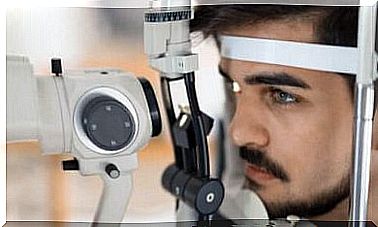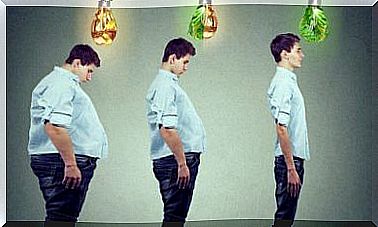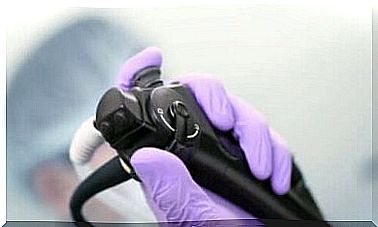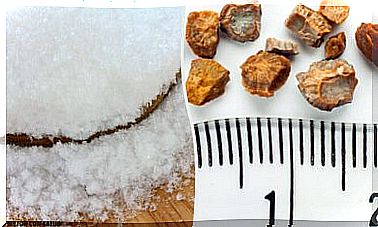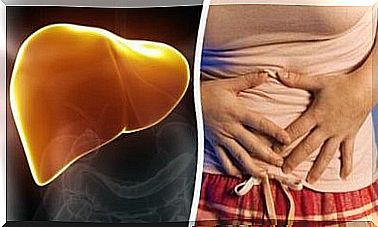3 Ways To Do A Nasal Wash
When you breathe in, allergenic particles are deposited in the nose and can trigger an asthmatic attack, among other conditions. At this point it is very important to perform a correct nasal wash.

Knowing how to do a good nasal wash is essential, especially for babies. This is because they don’t know how to breathe through their mouths. When they have a lot of mucus, it is therefore very difficult for them to get outside air.
Nowadays, children often have excess secretions in their nose. Particles in the ambient air, early socialization of young and increased allergies can be the reasons for the growth of respiratory problems.
The importance of having a good nasal wash
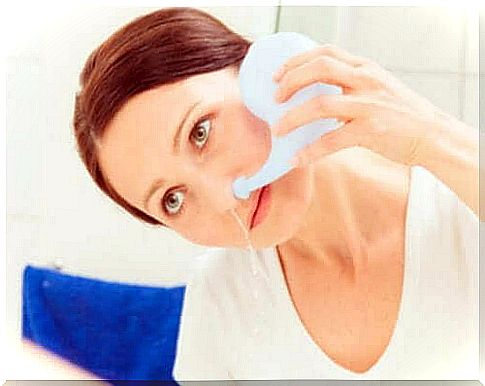
For us, it is normal to breathe through our nose. The latter has the function of humidifying, filtering and heating the air that enters our body. During inhalation, allergenic particles are deposited in the nose and can trigger an asthmatic attack, among other things.
It is therefore very important to perform an adequate nasal wash. Especially in babies who, as we mentioned before, cannot breathe through their mouths.
Nasal washing is a technique that involves passing salty water through the nasal cavity in order to flush out secretions, dirt and allergens thanks to the fluid’s carrying capacity.
Therefore, the goal of the nasal wash will be to expel as many allergenic particles as possible that are in contact with the mucous membrane. This way, the allergic response will be less intense than expected if contact persists.
However, doing a nasal wash is not only indicated for these kinds of situations. It is also recommended in other circumstances, such as:
- When you suffer from chronic or acute rhinosinusitis
- Postnasal drops with chronic cough due to discharge
- Prior treatment with nasal corticosteroids
- Endonasal post-operative care
Tips for giving a nasal wash to a child
Physiological saline is the “handkerchief” of young children who do not know how to expel mucus. Knowing this, it is easy to understand that it is necessary to do regular nose enemas in order for the child to feel comfortable and breathe better.
Children generally do not like a nasal wash. It can therefore be complicated to achieve. To help you, we offer a series of recommendations to take into account during a nasal wash for a baby:
- Apply enemas before sleeping and before feeding babies
- You can lay the child on their stomach, or on their back, trying to turn their head to one side and make sure they do not lean back.
- After this maneuver, it is a good idea to sit the baby down to promote the expulsion of secretions
- If the nose is very blocked, you can add some serum, massage to soften and add serum again
- Older children are able to do the enemas themselves, tilting their head side to side.
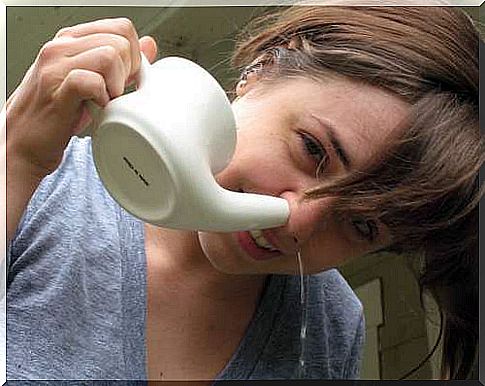
3 ways to do a nasal wash
Here are 3 different ways to do a nasal wash:
1. Lie on your back with your head tilted
This is the most common way to do it. However, this is not the most effective. In this position, the serum is introduced by force with a syringe or a single dose.
Thanks to this technique, we clean the most anterior part of the nose. This is a quick and easy way to do it. However, the serum does not reach the back of the nose where the mucus collects.
This is not a reliable technique when the mucus is thick and dense because the serum bounces off the mucus plug.
2. Sit down
This method of nasal washing is mostly used in older children. In this position, the head should be placed forward. Then, the serum is introduced as in the previous technique.
After the administration of the serum, the child will have to aspirate strongly for the serum to be effective. Therefore, it is difficult to perform this operation with babies.
Moreover, as for the previous maneuver, doing a nasal wash in this position does not allow cleaning of the posterior area of the nose and is not useful when the mucus is very thick.
3. Lie on your back or sit with your head back
This is a very effective enema. In fact, in this position, the physiological serum is poured slowly and without pressure. It falls towards the back of the nose and slides down the throat, carrying some of the mucus.
The more sticky or more viscous secretions will be hydrated on contact with the serum. Then, it is better for the child to breathe in strongly so that the mucus that is in the back area of the nose ends up falling into the throat to swallow or spit it out.
In case the child is still too young, we can close his mouth to take advantage of the crying and seek, in this way, an intense inspiration through the nose.
